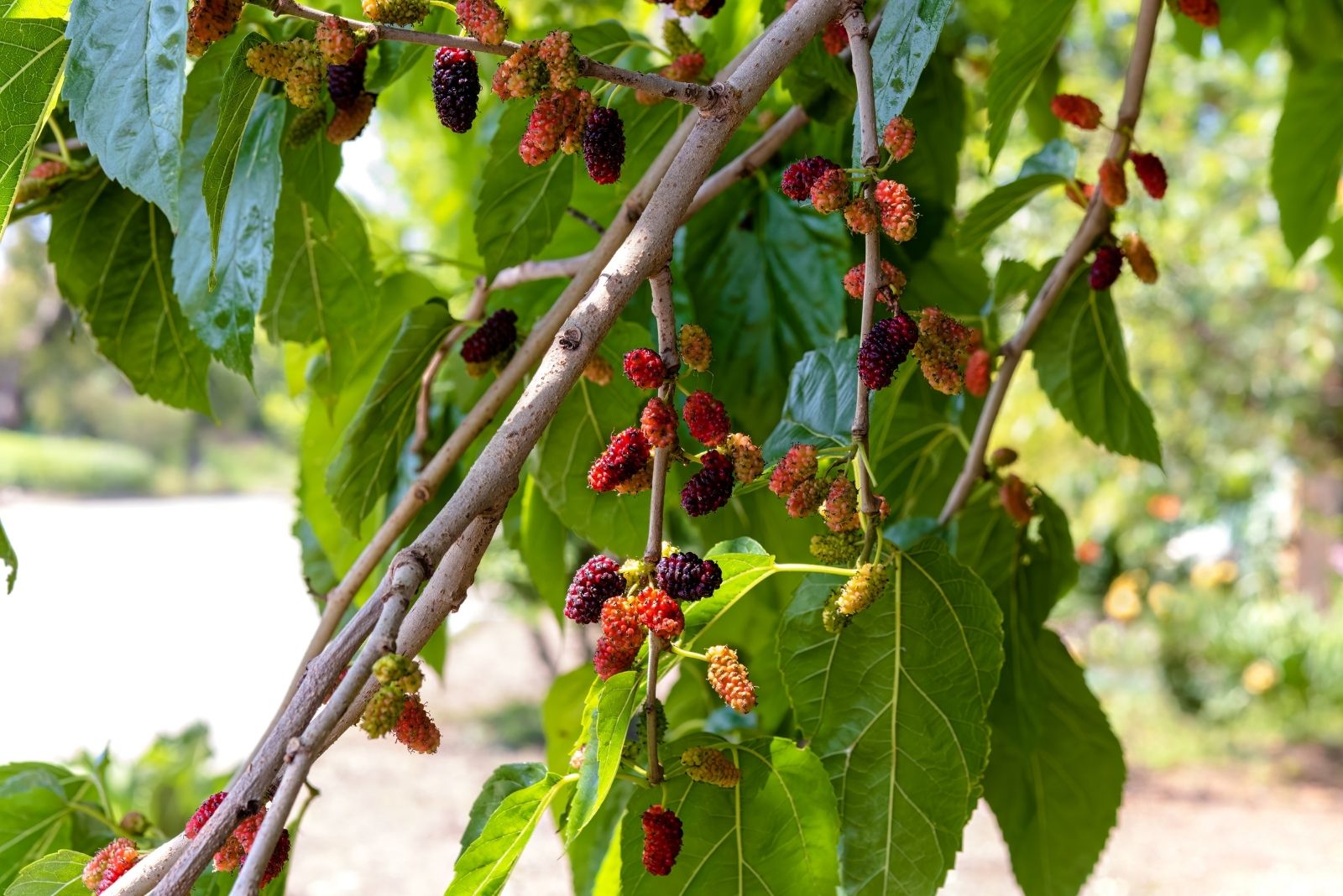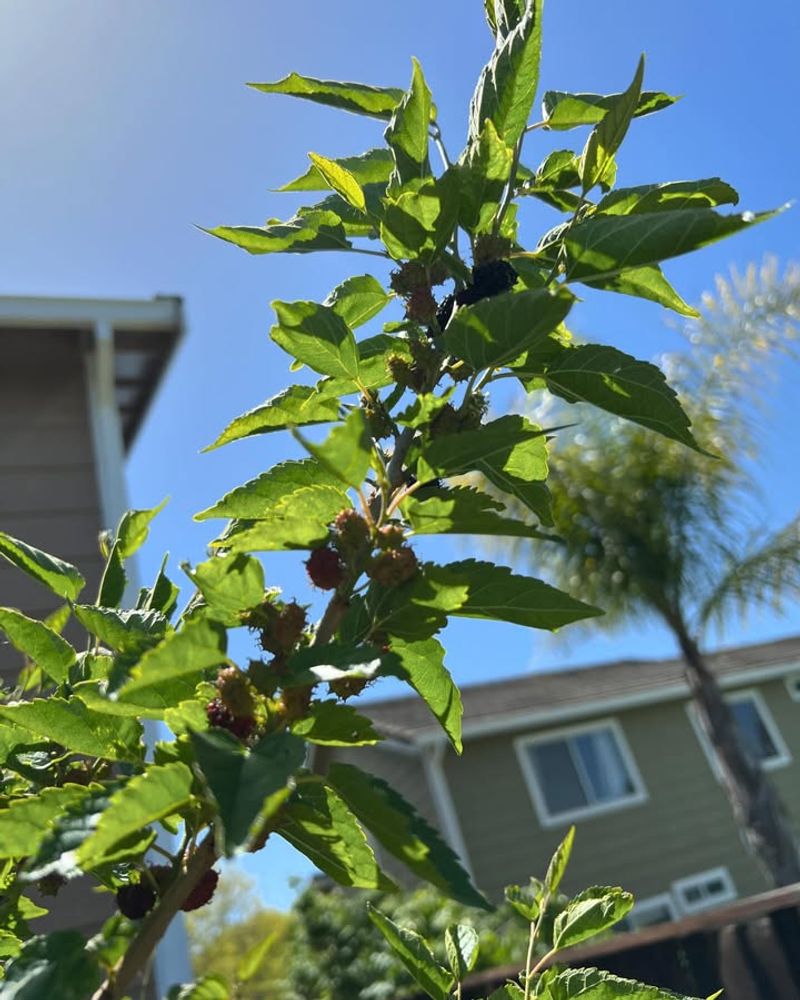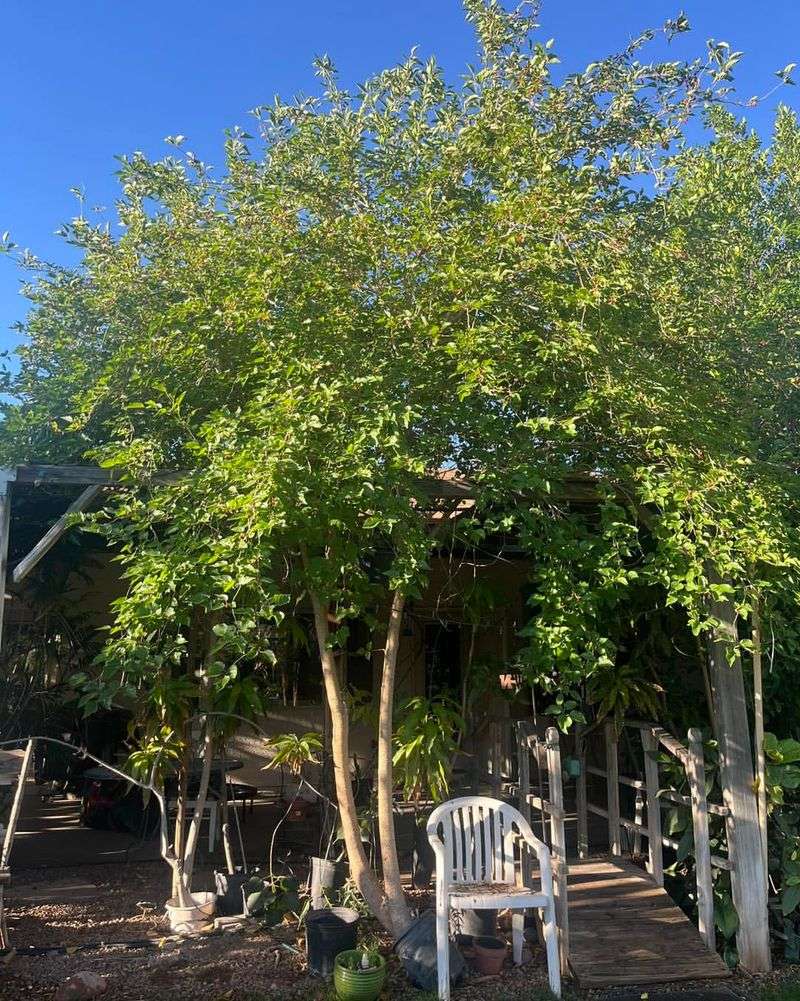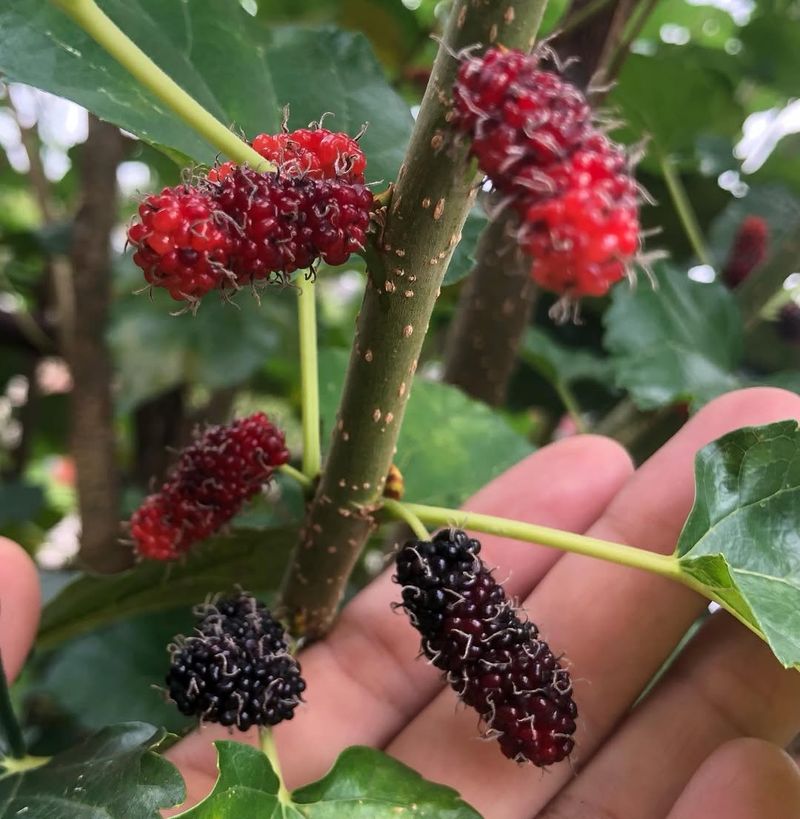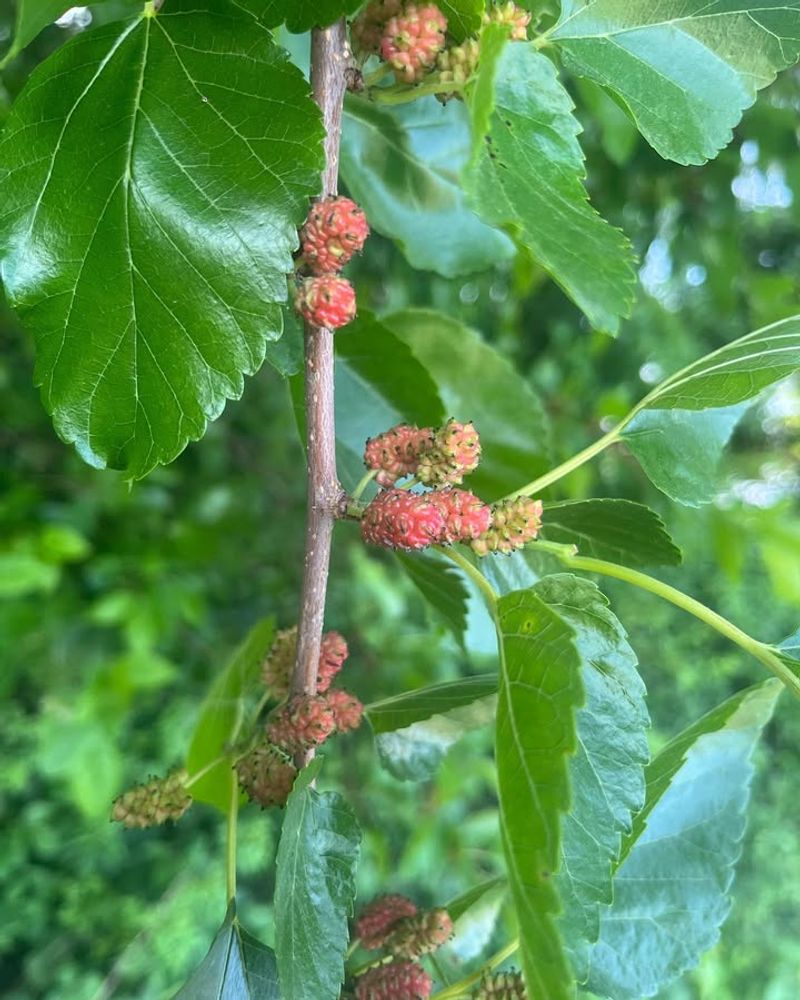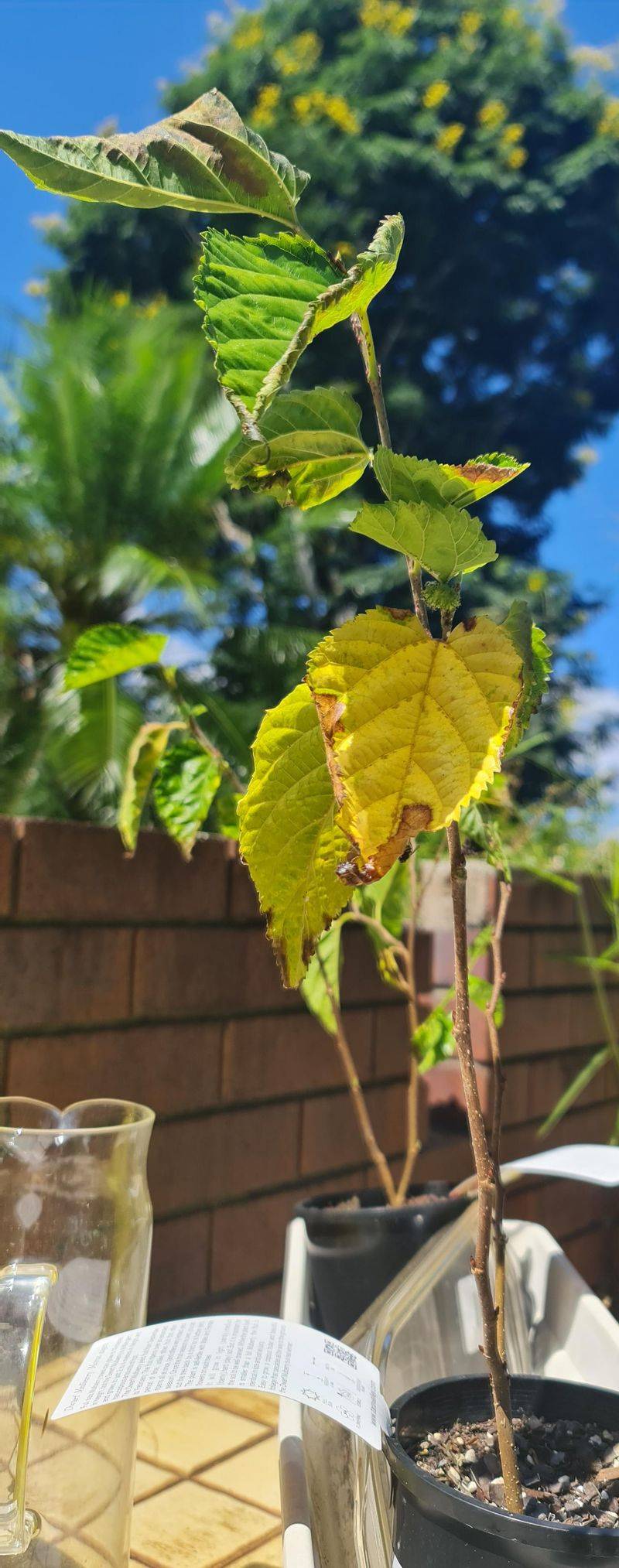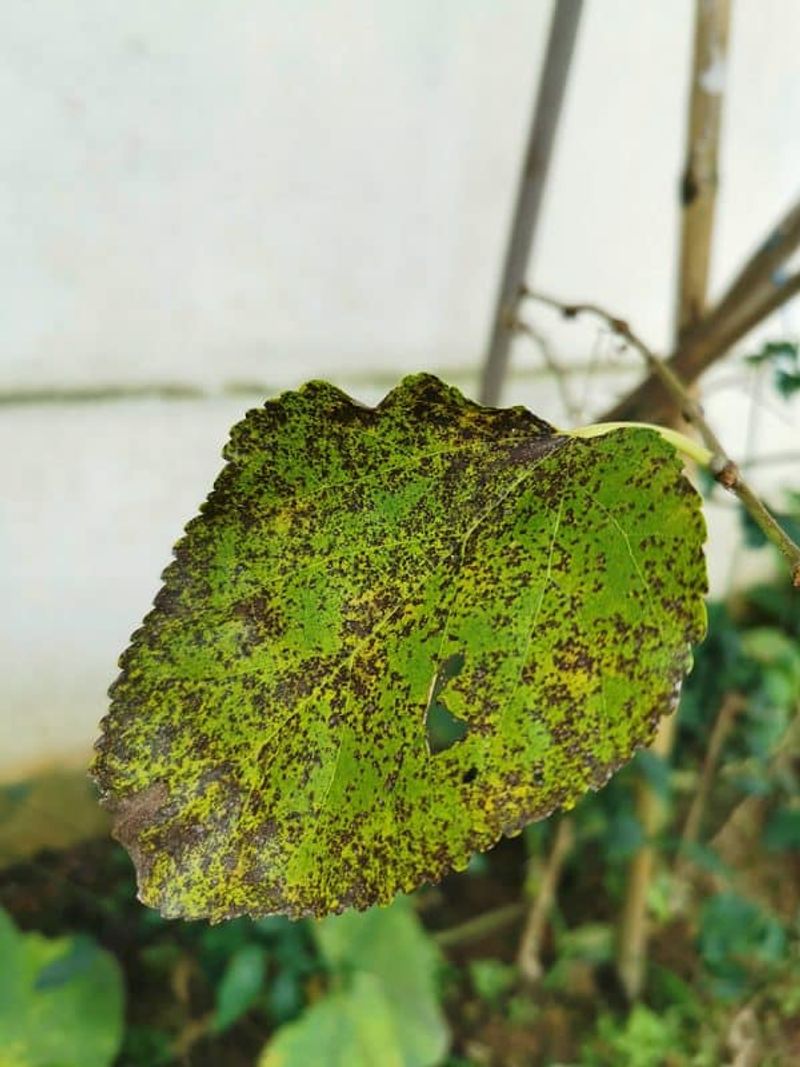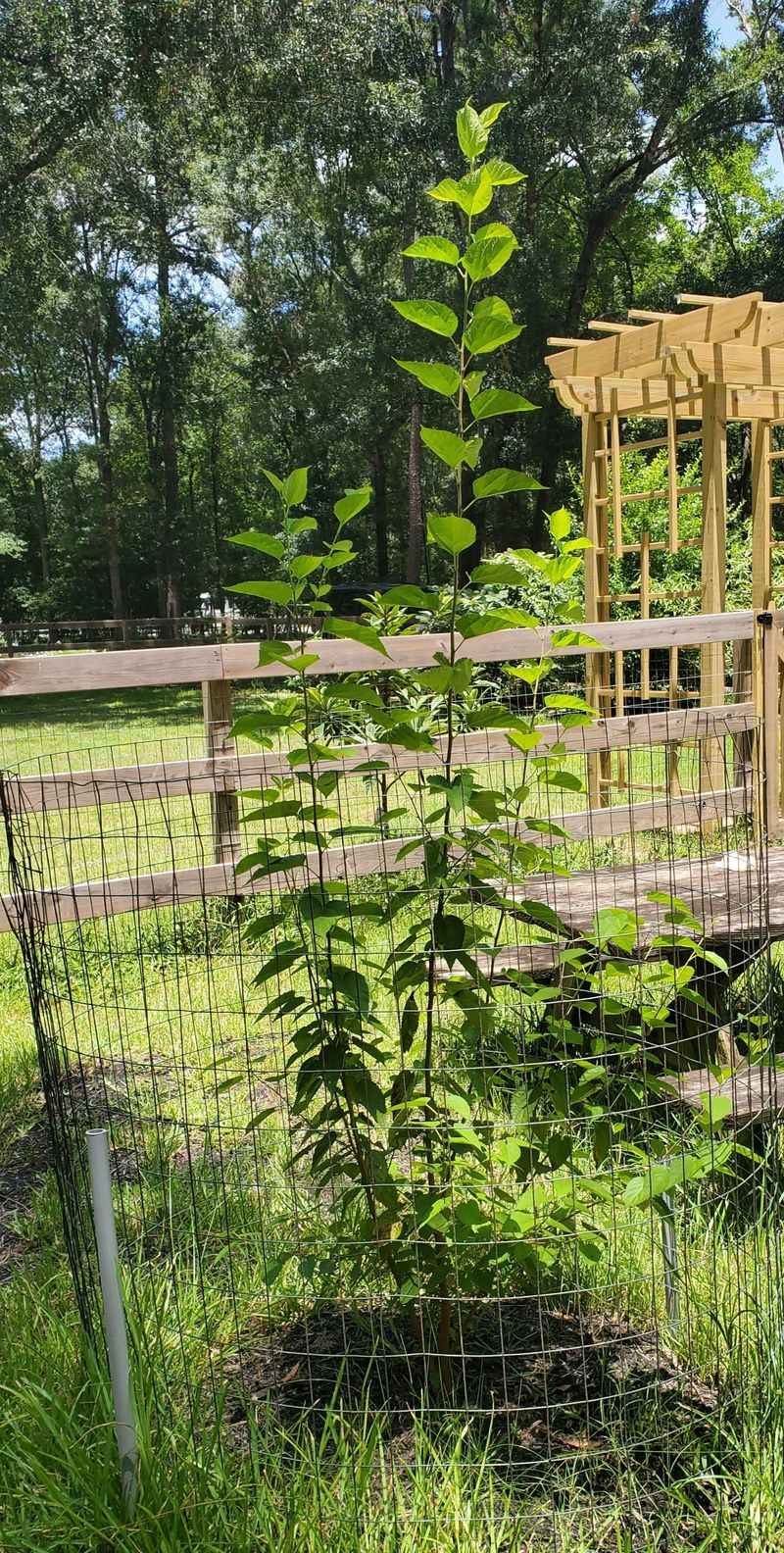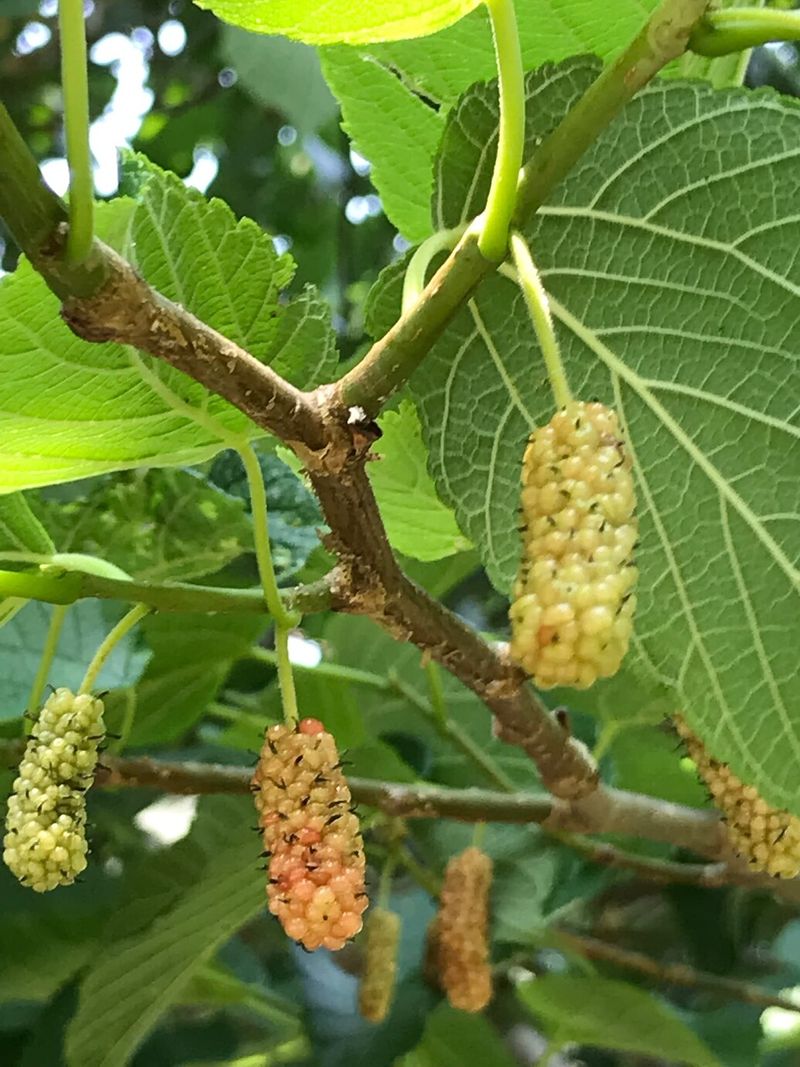Dwarf mulberry trees have become a popular choice for Illinois gardeners looking to add fruit-bearing plants to their yards without taking up too much space. Their compact size and promise of sweet berries make them seem like the perfect fit for smaller gardens.
However, many Illinois gardeners soon discover that these trees come with unexpected surprises that can catch even experienced plant lovers off guard.
1. Actual Size Vs. Expected Size
When I first planted mine in my Illinois backyard, I expected a truly compact tree that would stay manageable forever. The nursery tag promised a dwarf variety, but within three years, it had grown much taller than anticipated. Most gardeners think dwarf means tiny, but these trees can still reach 10 to 15 feet if left unpruned.
The deceiving part is that young plants look adorable and small in their pots. Once established in Illinois soil, they often experience growth spurts that surprise new owners. Planning for adequate space from the start prevents crowding other plants later.
2. Growth Speed Surprises
Nobody warned me how quickly these trees would shoot up each spring season. In my Illinois garden, I noticed several feet of new growth appearing within just a few months during warm weather. The rapid expansion can overwhelm gardeners who expected slow, steady development.
This speedy growth means more frequent pruning than most people anticipate. Young trees especially put energy into vertical growth rather than fruit production initially. Understanding this pattern helps you manage expectations and prepare for regular maintenance throughout the growing season.
3. Fruit Production Inconsistencies
Expecting baskets full of berries every year? Think again. My neighbor and I both planted dwarf mulberries, but our harvests varied wildly from season to season. Some years brought abundant fruit, while others produced barely enough for a handful of berries.
Weather fluctuations in Illinois play a huge role in fruit set. Late spring frosts can damage blossoms, and inconsistent watering affects berry development. The trees also need a few years to mature before producing reliable crops, which catches impatient gardeners off guard.
4. Shade Tolerance Challenges
Many gardeners assume mulberries can handle partial shade since they see wild ones growing in wooded areas. I planted mine near a larger oak tree, thinking it would be fine with afternoon shade. The result was disappointing growth and minimal fruit production for two consecutive years.
These trees really need full sun to thrive and produce well in Illinois gardens. Anything less than six hours of direct sunlight daily leads to weak branches and poor berry development. Relocating mine to a sunnier spot made all the difference in performance.
5. Soil Preferences Misunderstood
I assumed these trees would tolerate Illinois clay soil without much fuss since they seemed so adaptable. Wrong assumption. Mulberries prefer well-draining soil, and our heavy clay caused root problems and slow establishment. The tree looked stressed during its first summer despite regular watering.
Amending the soil with compost before planting makes a significant difference in tree health. Good drainage prevents root rot, especially during Illinois rainy springs. Testing your soil and improving its structure saves frustration and ensures better long-term growth for your mulberry.
6. Pest Vulnerability
Nobody mentioned how attractive these trees are to various pests when I bought mine. Aphids discovered my mulberry almost immediately, coating leaves with sticky honeydew. Spider mites also showed up during hot, dry Illinois summers, causing leaf discoloration and early drop.
Birds love the ripening berries, which sounds charming until they devour your entire crop overnight. Japanese beetles also find the foliage tasty during their peak season. Regular monitoring and organic pest control methods become necessary tasks that many gardeners don’t anticipate when planting.
7. Pruning Needs Often Underestimated
For me, the biggest surprise was how much pruning these trees actually require. I thought dwarf meant low maintenance, but controlling shape and size demands regular attention. Skipping annual pruning resulted in awkward branch angles and reduced fruit production the following year.
Winter pruning works best in Illinois, when trees are dormant and structure is visible. Removing crossing branches and maintaining an open center improves air circulation and sunlight penetration. The time commitment for proper pruning exceeds what most gardeners expect from a supposedly compact tree.
8. Winter Hardiness Misconceptions
Dwarf mulberries are marketed as cold-hardy for Illinois, but extreme winters can still cause damage. My tree suffered significant dieback after a particularly brutal cold snap with temperatures dropping below zero for extended periods. Young trees especially need protection during their first few winters.
Late spring growth can also get nipped by unexpected frosts, setting back fruit production. Mulching around the base and wrapping young trunks helps prevent winter injury. Understanding your specific microclimate and hardiness zone within Illinois helps you provide appropriate protection when needed.

